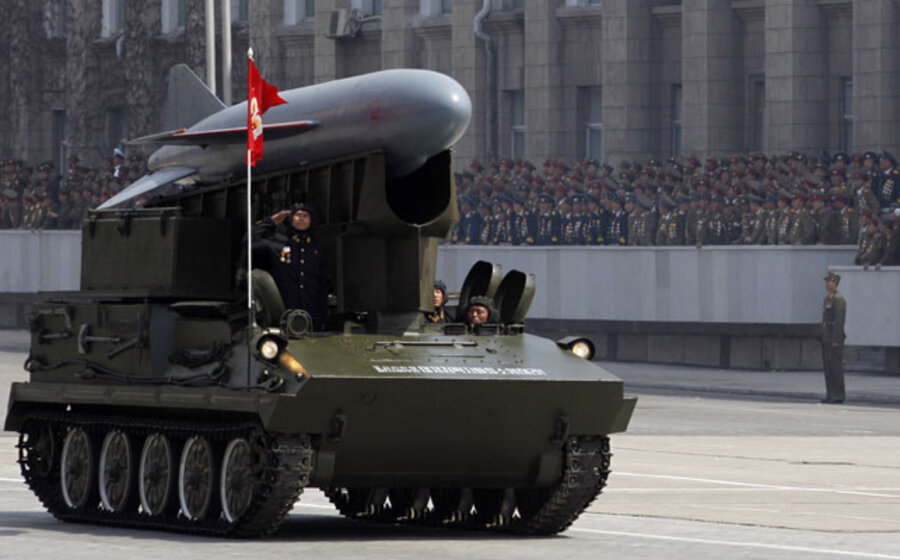North Korea is believed, according to CIA and other intelligence estimates, to have built at least a dozen nuclear devices and has conducted three underground nuclear tests, in 2006, 2009, and 2013. North Korea is believed to be preparing for a fourth test. North Korea’s facilities for building warheads with highly enriched uranium are in several locations in addition to the Yongbyon complex, making them difficult to find and destroy. The North’s nuclear program is now seen as intrinsic to its national identity. The constitution of the Democratic People’s Republic of Korea – the North’s official name – was amended last year to state that the country was a “nuclear-armed state.”
North Korea is also developing long-range Taepodong missiles that are theoretically capable of carrying warheads as far as Hawaii, Alaska, or even the west coast of the US. However, experts doubt if North Korea is capable of miniaturizing a warhead to fit on the tip of a missile. In December 2012 it launched a Taepodong missile that put a satellite into orbit after two previous failed attempts. Military analysts say the purpose of this exercise was to test the capabilities of the Taepodong for firing long-range warheads that could carry nuclear, biological or chemical materials.







